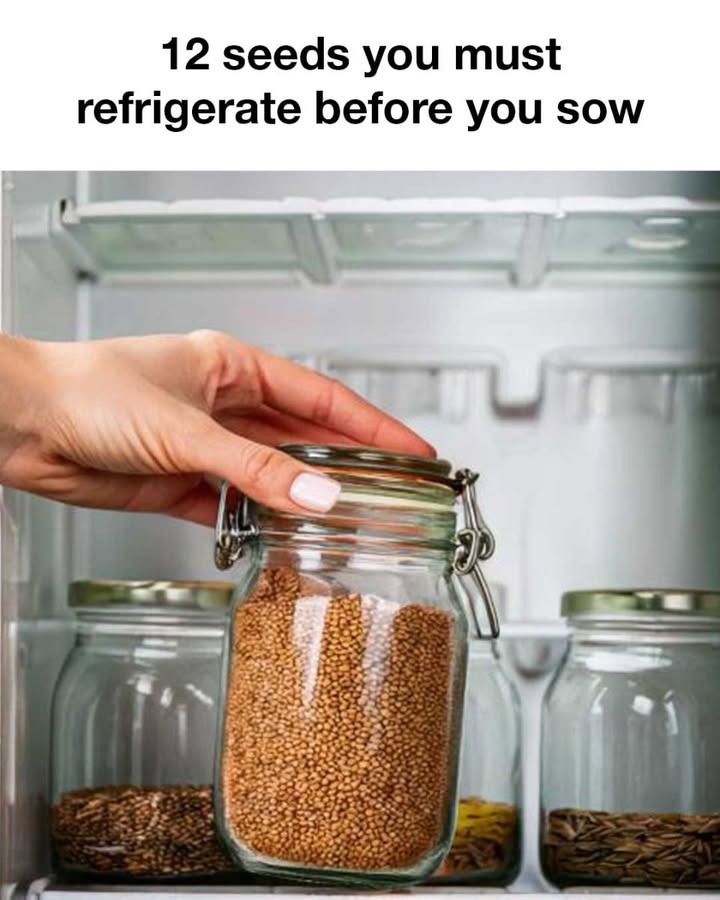ADVERTISEMENT
### **1. The Maillard Reaction: The Golden Brown Magic**
Have you ever wondered why a well-seared steak or toasted bread tastes so much better than a plain, unseasoned piece of meat or bread? It all comes down to the **Maillard reaction**, a complex chemical reaction that occurs when amino acids (the building blocks of proteins) and reducing sugars are exposed to heat.
This reaction is responsible for the browning of food and the development of new flavors. When you sear meat, for example, the Maillard reaction creates those deep, savory flavors that are much more complex than the simple taste of raw ingredients. This same process happens when you toast bread or roast vegetables. It’s not just about color—it’s about creating layers of flavor that would be impossible with just heat alone.
### **2. The Role of Heat: Denaturing Proteins and Softening Fiber**
When you apply heat to food, you’re essentially causing physical and chemical changes. Heat breaks down the proteins in meat, denaturing them and altering their structure. This is why raw meat is firm, while cooked meat becomes more tender. The heat causes proteins to uncoil and form new bonds, which gives the meat a different texture.
The same concept applies to vegetables and grains. Heat helps soften the cell walls of vegetables, breaking down the fibrous structures and making them more palatable. This is why cooking vegetables like carrots or potatoes makes them easier to chew and digest.
### **3. Emulsification: The Key to Creamy Sauces and Dressings**
If you’ve ever made mayonnaise, salad dressing, or hollandaise sauce, you’ve experienced **emulsification**—a process that combines two ingredients that don’t naturally mix, like oil and water. Emulsifiers, such as egg yolks or mustard, help the oil and water molecules combine, creating a smooth, stable mixture.
This process is what gives mayonnaise its creamy texture, and it’s also responsible for the glossy finish of sauces like hollandaise. Emulsification is a simple but essential part of cooking, and understanding it can help you make smoother, more stable sauces and dressings.
### **4. Caramelization: The Sweet Side of Heat**
While the Maillard reaction creates savory, complex flavors, **caramelization** is all about sweetness. This is the process by which sugar molecules break down under heat and transform into a rich, golden-brown syrup. Caramelization is what gives your cookies, toffee, and crème brûlée their distinct sweetness and color.
The key to caramelization is the temperature. When sugar is heated to around 320°F (160°C), it melts and begins to brown, creating the sweet, nutty flavors associated with caramel. If you heat the sugar further, it can become bitter and burnt, so timing is essential. This is why caramelized onions are so sweet—they’re slowly cooked at low heat for an extended period, allowing the natural sugars in the onions to caramelize and create a rich, sweet flavor.
### **5. The Science of Baking: Yeast, Leavening, and Dough**
Baking is one of the most intricate forms of cooking, and it’s all about understanding the science behind ingredients like **yeast**, **baking powder**, and **baking soda**.
Yeast, a living organism, is responsible for making dough rise. When yeast is combined with flour, sugar, and water, it ferments, releasing carbon dioxide gas. This gas gets trapped in the dough, causing it to expand and rise. The longer you let the dough rise, the more air bubbles form, making the final baked product light and fluffy.
Baking powder and baking soda, on the other hand, are chemical leaveners that work by releasing carbon dioxide gas when combined with liquid and exposed to heat. This reaction causes the dough or batter to expand, making it rise. Baking soda requires an acidic ingredient (like buttermilk or lemon juice) to activate, while baking powder contains both an acid and a base, allowing it to work without additional ingredients.
Understanding how these leavening agents work can help you master the art of baking, ensuring that your bread, cakes, and cookies come out with the perfect texture every time.
### **6. Cooking Techniques: Roasting, Steaming, and Poaching**
Different cooking techniques produce different results in terms of flavor, texture, and nutritional content. For example, **roasting** uses dry heat to caramelize the sugars in vegetables and meats, creating a crispy, golden exterior and a tender interior. Roasting is ideal for vegetables like carrots, sweet potatoes, and Brussels sprouts, as the high heat brings out their natural sweetness and intensifies their flavors.
For Complete Cooking STEPS Please Head On Over To Next Page Or Open button (>) and don’t forget to SHARE with your Facebook friends
